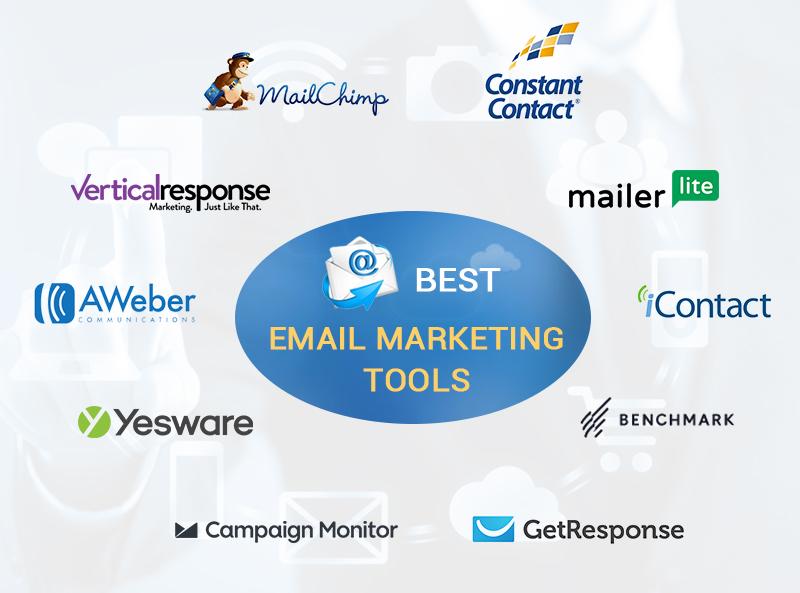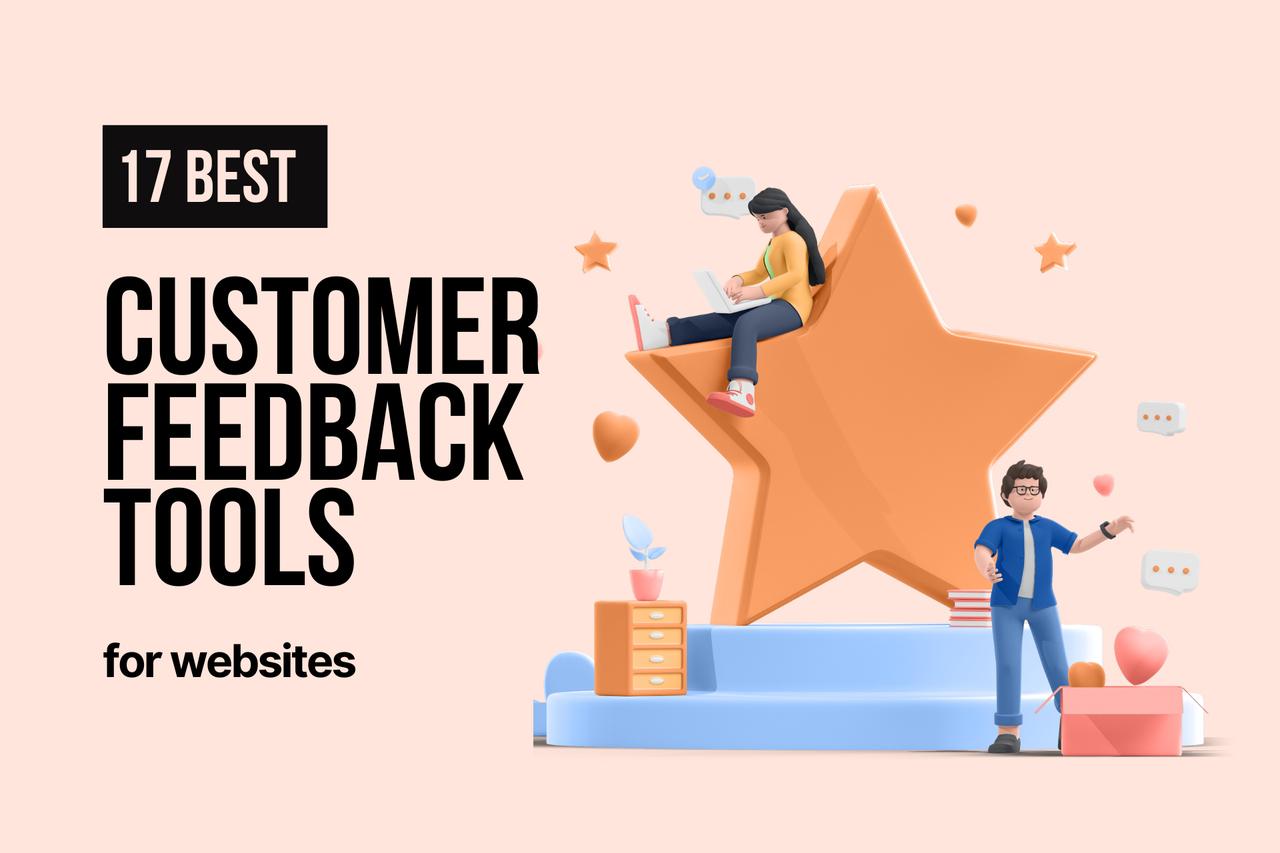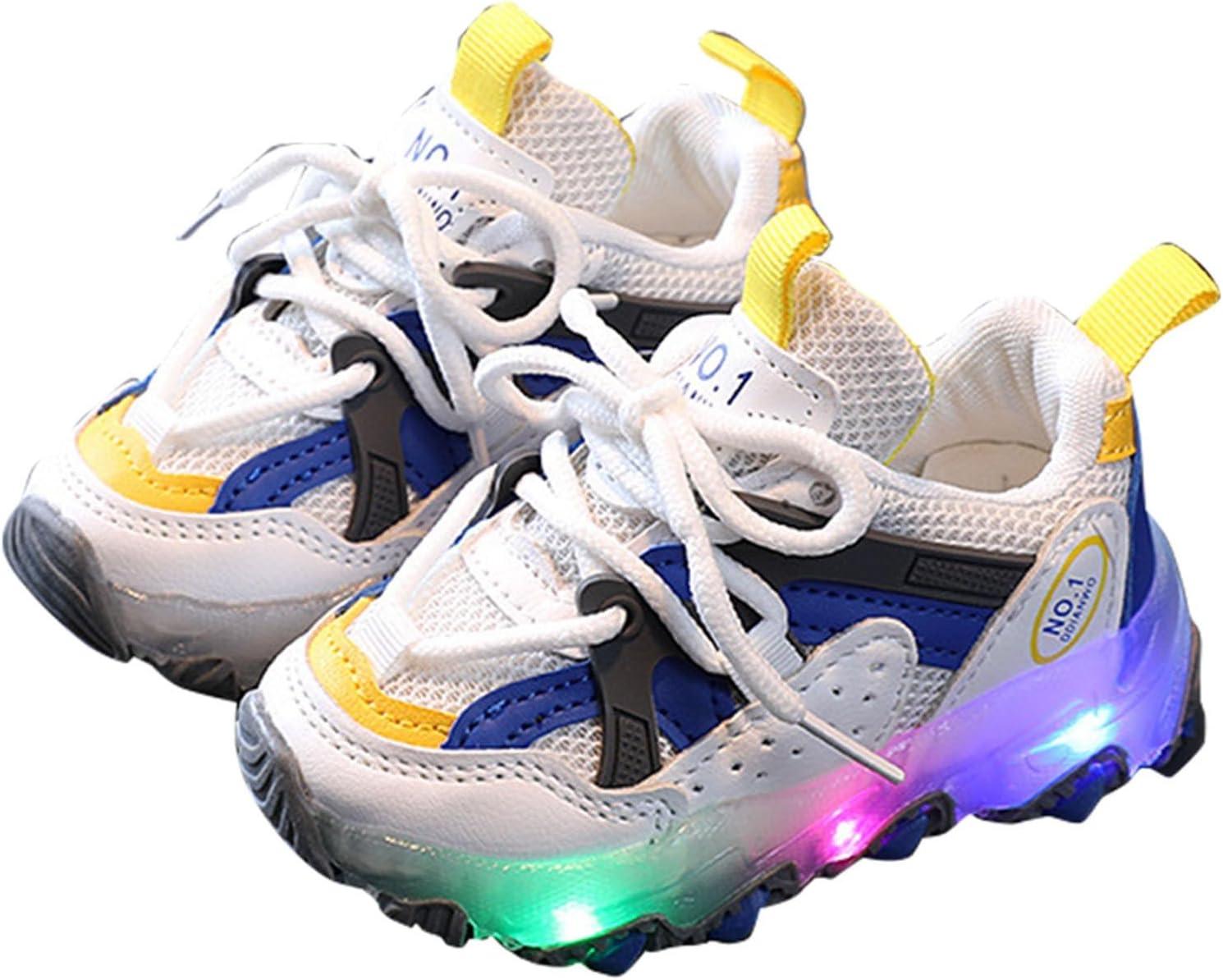
Introduction:
Hey there, shoe enthusiasts! Are you ready to turn your passion for footwear into a profitable online venture? Selling shoes online isn’t just a trend—it’s a booming business with endless possibilities. Whether you’re a sneakerhead with a closet full of kicks or a fashion-forward individual with an eye for the latest styles, there’s a lucrative market waiting for you. In this article, we’ll guide you through the ins and outs of selling shoes online, helping you navigate the best platforms to showcase your collection and maximize your earnings. Plus, we’ll share 17 of the best websites where you can set up shop and start making money right away. So, lace up your entrepreneurial spirit, and let’s step into the world of online shoe sales together!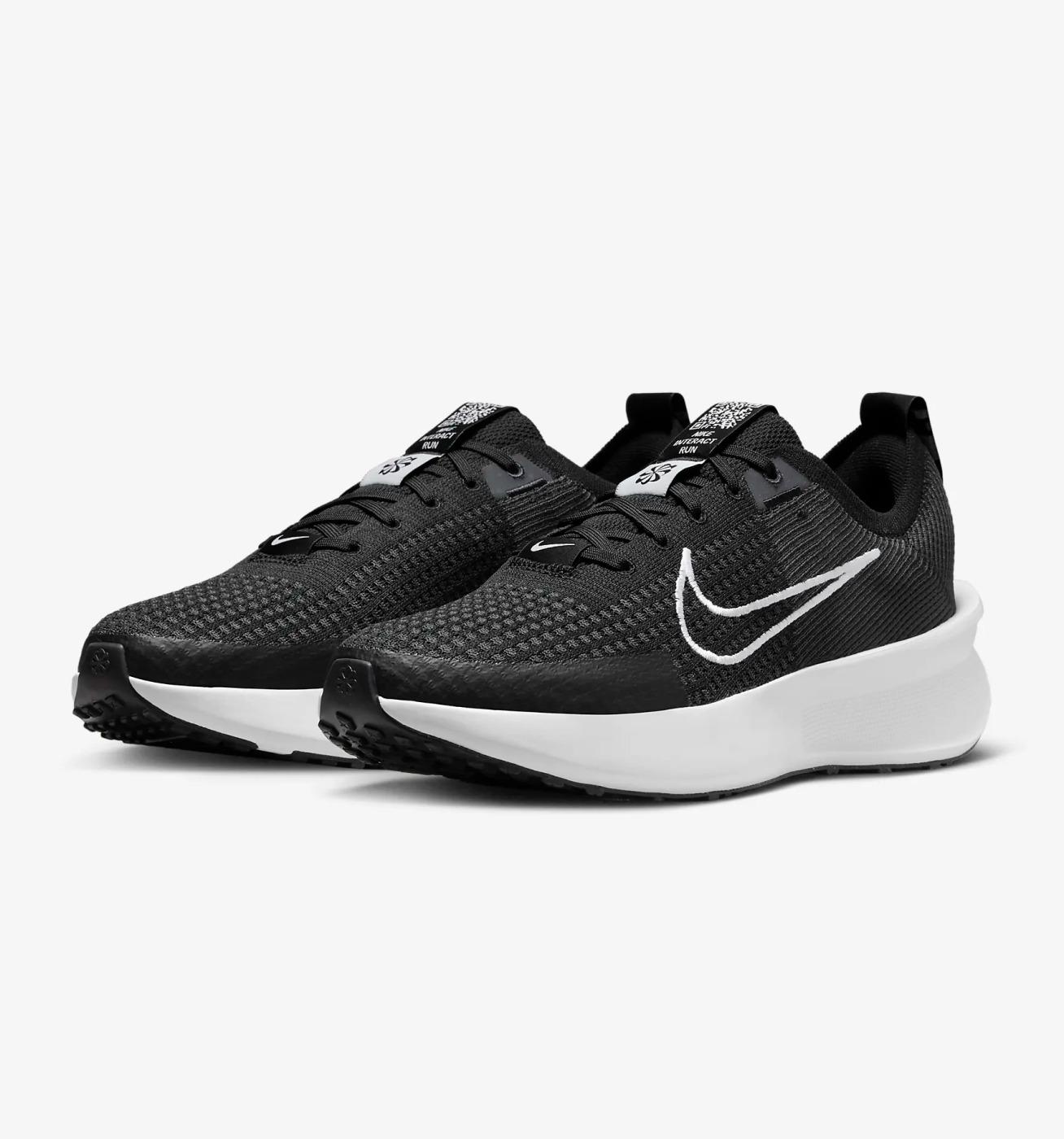
How to Choose the Right Shoes to Sell for Maximum Profit
Choosing the right shoes to sell online can make all the difference between a profitable venture and a disappointing experience. To maximize your profit margins, you need to be strategic in your selection process. Here are some key factors to consider when deciding which shoes to sell:
- Market Trends: Stay updated on the latest fashion trends and consumer preferences. Platforms like Google Trends and social media can provide insights into what styles and brands are gaining popularity.
- Brand Reputation: Certain brands hold a prestigious position in the market. Selling well-known brands can attract customers willing to pay a premium for authenticity and quality.
- Seasonality: Different shoes sell better in different seasons. For example, sandals and flip-flops are more popular in summer, while boots gain traction in winter. Consider the time of year when sourcing your inventory.
- Target Audience: Identify your target demographic. Are you focusing on athletic shoes for fitness enthusiasts, stylish heels for young professionals, or comfortable sneakers for everyday wear? Tailoring your selection to a specific audience can enhance your sales.
Another essential aspect is understanding the profitability of different shoe types. Some categories tend to yield higher returns than others. Here’s a quick look at popular shoe types and their potential profit margins:
| Shoe Type | Average Cost | Average Selling Price | Potential Profit Margin |
|---|---|---|---|
| Luxury Sneakers | $100 | $200 | 100% |
| Sporting Shoes | $50 | $100 | 100% |
| Casual Flats | $30 | $70 | 133% |
| High-end Heels | $80 | $180 | 125% |
When sourcing shoes, consider both new and gently used options. Thrift stores, clearance sales, and outlet stores can be goldmines for finding quality footwear at lower prices. Additionally, consider leveraging online marketplaces to purchase bulk or wholesale lots of shoes.
Lastly, never underestimate the power of effective marketing. Showcase your shoes with high-quality images and engaging descriptions. Utilize social media channels to reach a broader audience and create buzz around your products. Remember, a well-presented product can significantly increase the perceived value, leading to higher sales and profits.

Understanding Your Target Market: Who Buys Shoes Online
Understanding who your online shoe shoppers are is crucial to creating a successful e-commerce strategy. The digital landscape allows for a diverse customer base, each with unique preferences and buying behaviors. By identifying these traits, you can tailor your marketing efforts to meet their needs effectively.
One of the primary demographics buying shoes online are millennials and Gen Z. These younger generations value convenience and are comfortable with making purchases online. They tend to favor brands that resonate with their personal identities, and they often seek out styles that are trendy and socially responsible. Consider focusing on:
- Sustainable and eco-friendly options: This demographic is particularly conscious about the environment.
- Social media marketing: Leverage platforms like Instagram and TikTok to showcase your shoe collections.
- User-generated content: Encourage customers to post their photos wearing your shoes, creating a sense of community and authenticity.
Another significant segment consists of busy professionals. This group appreciates the time-saving benefits of shopping online and often looks for stylish yet comfortable footwear that can transition from day to night. To attract this market, consider these strategies:
- Free shipping and easy returns: Offering these perks can greatly enhance the shopping experience and encourage purchases.
- Highlighting versatility: Showcase how your shoes can fit into various aspects of daily life, from office wear to casual outings.
- Personalized recommendations: Use AI tools to suggest styles based on previous purchases or browsing history.
Let’s not overlook the parents shopping for their children. This segment often prioritizes durability, comfort, and price. To appeal to them, consider the following:
- Bundled offers: Create packages that include multiple pairs or accessories at a discounted rate.
- Clear sizing guides: Help parents make the right choice by providing detailed size charts and fit guides.
- Quality assurances: Highlight warranties or guarantees that reassure parents about their investment.
| Demographic | Key Characteristics | Marketing Focus |
|---|---|---|
| Millennials & Gen Z | Trendy, eco-conscious, social media savvy | Influencer partnerships, sustainable offerings |
| Busy Professionals | Time-strapped, style-oriented | Convenience, versatility, customer service |
| Parents | Value durability, budget-conscious | Quality assurances, educational content |
let’s not forget about the fashion enthusiasts and trendsetters who are always on the lookout for the latest and greatest styles. They often engage in impulse purchases, drawn in by appealing aesthetics and new releases. Captivating them requires:
- Limited-edition collections: Create urgency through exclusive drops that entice immediate purchases.
- Strong online presence: Maintain an attractive, easy-to-navigate website and a visually appealing Instagram feed.
- Fashion-forward content: Regularly update your blog or social media with style tips featuring your products.
By understanding the diverse segments that make up your target market, you can develop more effective strategies to connect with potential customers. The right approach not only helps you sell more shoes online but also builds a loyal community of brand advocates.
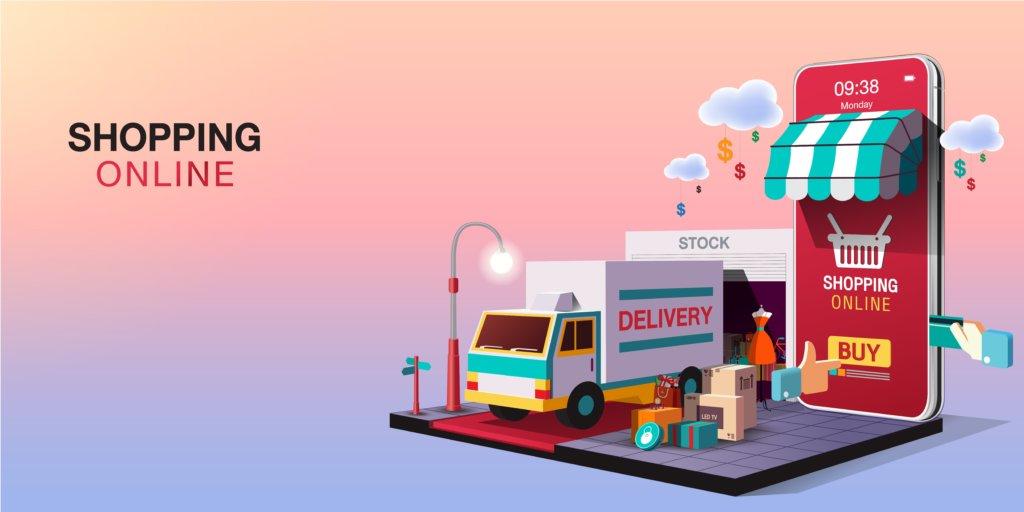
Setting Up Your Online Store: Choosing the Best Platform
When embarking on your journey to sell shoes online, one of the most crucial decisions you’ll face is selecting the right platform. The platform you choose will not only affect how your store looks and functions but will also influence your overall sales and customer experience. With so many options available, it’s essential to evaluate each one based on your specific needs.
First and foremost, consider your technical expertise. If you’re a novice, you’ll want a platform that offers user-friendly interfaces and extensive support. On the other hand, if you’re tech-savvy, you might prefer a platform that allows for greater customization and flexibility. Here are some popular choices:
- Shopify: Known for its ease of use, Shopify is perfect for beginners. It offers a range of templates and tools to help you get your store up and running quickly.
- WooCommerce: This WordPress plugin is ideal for those familiar with the WordPress ecosystem. It offers great flexibility and is highly customizable.
- BigCommerce: Best suited for larger businesses, it provides robust features that can scale as your business grows.
- Etsy: If you’re focused on unique or handmade shoes, Etsy can be a great niche market to tap into.
As you evaluate different platforms, it’s also important to consider the costs involved. Some platforms charge monthly fees, while others may take a percentage of your sales. Additionally, look for hidden costs, such as transaction fees or payment processing fees, which can eat into your profits. Creating a simple comparison table can help you visualize these costs:
| Platform | Monthly Fee | Transaction Fee |
|---|---|---|
| Shopify | $29+ | 2.9% + 30¢ |
| WooCommerce | Free (hosting costs apply) | Variable (depends on payment gateway) |
| BigCommerce | $29.95+ | 0% |
| Etsy | $0.20 per listing | 5% on each sale |
Another vital factor is the platform’s built-in marketing tools. A solid marketing infrastructure can significantly enhance your reach and drive traffic to your online store. Look for features like:
- SEO Optimization: Ensure the platform has options for optimizing your product listings for search engines.
- Email Marketing: Some platforms offer integrated email marketing tools to help you stay in touch with customers.
- Social Media Integration: Select a platform that allows you to sell directly through social media channels.
think about customer support. A reliable platform should provide accessible support channels, whether through live chat, email, or phone. Having help at hand can alleviate many headaches as you navigate the challenges of running an online store.
By carefully considering these aspects, you can choose a platform that not only meets your current needs but also grows with your business. The right foundation will set you up for success as you embark on selling shoes online.
Creating Captivating Product Descriptions That Sell
When it comes to selling shoes online, the product description is your best friend. A well-crafted description can take your potential customer on a journey, making them visualize the product and feel compelled to click ”Add to Cart.” Here are some strategies to create descriptions that not only inform but also entice buyers.
Know Your Audience: Understanding your target demographic is crucial. Tailor your language and features to resonate with them. Are your shoes geared towards athletes, fashion enthusiasts, or everyday wear? Speak directly to their needs and desires.
Highlight Unique Features: Every pair of shoes has something that sets it apart. Whether it’s eco-friendly materials, innovative technology, or a timeless design, make sure to spotlight these elements. This is where you can use descriptive adjectives to paint a vivid picture. For instance:
- Breathable Mesh: Keeps your feet cool during intense workouts.
- Luxurious Leather: Offers durability without sacrificing style.
- Customizable Fit: Ensures maximum comfort for all-day wear.
Tell a Story: People love narratives. Instead of just listing features, weave a story around your shoes. Describe a scenario where someone could wear them—think about a sunny day at the park or a night out with friends. This approach helps potential buyers visualize themselves in those situations.
Use Sensory Language: Engage the senses with descriptive words. Instead of saying “comfortable,” try “like walking on clouds.” This not only attracts attention but also creates an emotional connection. When customers can “feel” what they’re reading, they’re more likely to make a purchase.
Incorporate Social Proof: Consider adding customer reviews or testimonials directly in your descriptions. When potential buyers see that others have had positive experiences, it builds trust and reduces the hesitation to buy. A simple quote can make a significant impact:
“These shoes changed my running game! I’ve never felt so light on my feet.” – Happy Customer
Utilize Clear Calls to Action: Don’t leave your customers guessing about what to do next. Use clear, compelling calls to action to guide them. Phrases like “Grab yours now” or “Don’t miss this exclusive offer” can create a sense of urgency.
If you’re unsure how to structure your descriptions, consider this simple table format to break down key information:
| Feature | Benefits |
|---|---|
| Lightweight Construction | Easy on your feet for all-day wear |
| Arch Support | Reduces foot fatigue, perfect for long walks |
| Stylish Design | Complements any outfit, from casual to chic |
By implementing these strategies, you’ll not only create captivating product descriptions but also build a stronger emotional connection with your customers. Remember, each word counts, so choose wisely!
The Power of High-Quality Images: Showcasing Your Shoes
In the world of online sales, first impressions matter immensely, and nothing catches the eye quite like high-quality images. When it comes to selling shoes, showcasing your products with stunning visuals can significantly enhance your chances of making a sale. A well-captured image can convey not only the style and color of the shoes but also their texture, fit, and overall appeal.
Here are some vital reasons why high-quality images are essential for your shoe-selling business:
- Trust Building: Crisp and clear images instill confidence in potential buyers. When customers see well-lit, detailed images, they are more likely to trust the seller and feel secure in their purchasing decision.
- Enhanced Shopping Experience: High-quality images create an inviting shopping environment. Customers want to visualize how the shoes will look on them or with their outfits. Great images help them imagine that experience.
- Increased Engagement: Eye-catching photos are more likely to be shared on social media platforms. This increases your reach and can draw in more potential customers who might not have discovered your offerings otherwise.
- Reduced Returns: When customers can see detailed images of your products, they have a clearer idea of what they are purchasing. This reduces the likelihood of dissatisfaction and, consequently, the number of returns.
So, how can you ensure your shoe images stand out? Here are some practical tips:
- Invest in Quality Equipment: While you don’t need the most expensive camera, having a decent DSLR or a smartphone with a good camera can make a significant difference.
- Lighting Matters: Natural light is often best for product photography. Try to shoot your shoes during the day near a window or outside to capture the best details.
- Use Multiple Angles: Don’t just showcase the shoes from one perspective. Make sure to include shots from the front, side, back, and even close-ups of unique features.
- Consider Lifestyle Shots: While product images are essential, consider incorporating lifestyle shots where the shoes are worn in various settings. This helps customers envision the shoes in their daily lives.
Additionally, make sure to optimize your images for the web. Large files can slow down your site, which can deter potential customers. Use image compression tools to maintain quality while reducing file size. This ensures that your site remains fast and user-friendly.
| Image Type | Purpose |
|---|---|
| Product Images | Showcase the shoes in detail from multiple angles. |
| Lifestyle Images | Demonstrate the shoes in real-life scenarios. |
| Close-Up Shots | Highlight unique features or craftsmanship. |
Ultimately, the power of high-quality images cannot be overstated. They are not just a nice touch; they are a crucial component of your online shoe-selling strategy. Invest time and resources into creating stunning visuals, and you’ll find that not only do they enhance the appeal of your shoes, but they also drive sales and grow your brand.
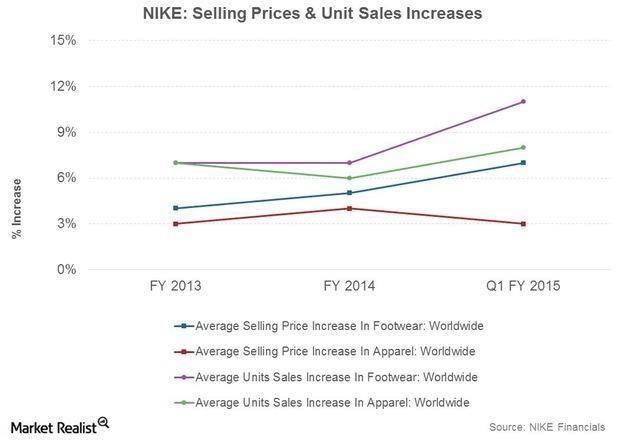
Pricing Strategies: How to Price Your Shoes for Profit
When it comes to selling shoes online, finding the right pricing strategy is crucial for maximizing your profits while remaining competitive in the market. Here are some effective approaches to consider:
Cost-Plus Pricing: One of the simplest methods, this strategy involves calculating the total cost of producing your shoes (materials, labor, overhead) and then adding a markup percentage to determine your sale price. This ensures that all costs are covered while allowing for a reasonable profit margin. For example:
| Cost Type | Amount |
|---|---|
| Materials | $20 |
| Labor | $10 |
| Overhead | $5 |
| Total Cost | $35 |
| Markup (30%) | $10.50 |
| Sale Price | $45.50 |
Competitive Pricing: Keep an eye on what your competitors are charging for similar footwear. This strategy requires regular market research to ensure your prices are in line with or slightly below the competition, enticing customers to choose your brand. However, be careful not to undervalue your product; provide excellent quality to justify your pricing.
Value-Based Pricing: This approach focuses on the perceived value of your shoes to the customer. If your shoes offer unique features, superior quality, or brand prestige, you can set higher prices. Understand your target market and what they are willing to pay, rather than just calculating costs. Engaging storytelling about your brand and product can significantly impact perceived value.
Psychological Pricing: This tactic plays on consumer psychology. For instance, pricing your shoes at $49.99 instead of $50 can make them appear more appealing. Additionally, using pricing tiers can help customers perceive value. For example, offering a basic model at $40, a mid-range at $60, and a premium at $90 can cater to different budgets while encouraging upsells.
Bundling and Discounts: Create attractive bundles by combining shoes with accessories or related products at a discounted rate. This not only increases the average order value but also makes customers feel like they are getting a bargain. For instance, offer a 10% discount on a pair of shoes when purchased with a matching bag or insoles.
Ultimately, the key to a successful pricing strategy lies in flexibility. Regularly assess your pricing in relation to market trends, customer feedback, and sales performance. By staying attuned to these factors, you can adjust your prices appropriately to maximize both sales volume and profit margins without compromising your brand’s integrity.
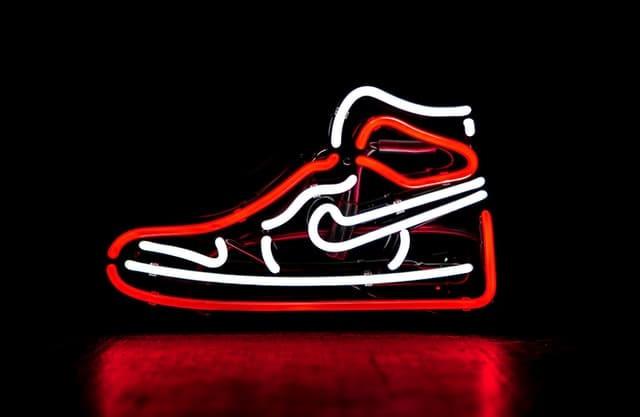
Marketing Your Shoes: Effective Strategies to Drive Traffic
When it comes to selling shoes online, attracting potential customers is crucial for success. Implementing effective marketing strategies can significantly enhance your visibility and drive traffic to your store. Here are some tried-and-true methods that can help you reach your target audience and boost sales.
Utilize Social Media Platforms: Social media is a powerful tool for reaching a large audience. Consider focusing on platforms like Instagram, Facebook, and Pinterest to showcase your shoe collection. Here’s how you can leverage them:
- Create eye-catching visuals: High-quality images of your shoes can grab attention.
- Engage with your audience: Respond to comments and messages promptly to build a community around your brand.
- Collaborate with influencers: Partnering with fashion influencers can provide exposure to their followers.
Invest in SEO: Search Engine Optimization (SEO) is vital for driving organic traffic to your website. Optimize your product descriptions, blog posts, and URLs with relevant keywords. Consider these tips:
- Target long-tail keywords: These are less competitive and can attract more specific traffic.
- Use alt text for images: This not only aids SEO but also improves accessibility.
- Regularly update your content: Fresh content helps maintain your ranking on search engines.
Leverage Email Marketing: Building a mailing list can be incredibly beneficial. Use email marketing to keep your customers informed about new arrivals, sales, and special promotions. Here’s how:
- Offer incentives: Provide discounts for new subscribers to encourage sign-ups.
- Segment your audience: Tailor your messages based on customer preferences and behavior.
- Send regular newsletters: Keep your audience engaged with updates and styling tips.
Run Special Promotions: Limited-time offers create a sense of urgency that can drive sales. Consider the following promotional strategies:
- Seasonal sales: Capitalize on holidays and seasons to attract more customers.
- Bundle offers: Encourage customers to buy more by offering discounts on bundled items.
- Loyalty programs: Implement a rewards system to encourage repeat purchases.
Analyze Your Data: Utilize analytics tools to monitor your website traffic and sales. Understanding your audience’s behavior can help you refine your strategies. For example:
| Data Point | Action |
|---|---|
| High bounce rate | Improve website design and user experience |
| Popular products | Feature them on homepage and social media |
| Abandoned carts | Implement retargeting ads or email reminders |
By integrating these strategies, you can effectively market your shoes, drive traffic to your online store, and ultimately increase your sales. Stay adaptable and always be ready to tweak your approach based on what works best for your audience!
Leveraging Social Media to Boost Your Shoe Sales

Customer Service Excellence: Building Trust and Loyalty
In the world of online shoe sales, customer service isn’t just an add-on; it’s a fundamental part of your brand identity. When you provide stellar support, you’re not just selling shoes; you’re building relationships that can lead to long-term loyalty. Every interaction your customers have with your brand is an opportunity to create trust, and trust is what keeps them coming back for more.
To truly excel in customer service, consider the following strategies:
- Response Time: Aim for quick responses to inquiries. A prompt reply can turn a casual browser into a satisfied buyer.
- Personalized Communication: Use your customers’ names and tailor your messages based on their behavior and preferences. This personal touch makes them feel valued.
- Easy Returns: A hassle-free return policy reassures customers that they can shop worry-free. Make sure to communicate your policies clearly.
- Follow-Up: After a purchase, send a follow-up message to thank customers and ask for feedback. This shows you care about their opinion and experience.
Implementing these practices can significantly enhance your customer experience. Consider creating a customer service FAQ page to address common inquiries upfront, reducing the number of repetitive questions and saving your team time. Providing clear information helps instill confidence in your customers, making them more likely to complete a purchase.
Building Trust through Transparency
Transparency is key in fostering trust. Be upfront about delivery times, product details, and any limitations of your service. If there’s an issue—like a delay in shipping—let your customers know as soon as possible. Being honest, even when the news isn’t great, can strengthen your relationship with customers.
Encouraging Customer Feedback
Encouraging and acting on customer feedback is another way to demonstrate that you value their opinions. Create an easy platform for reviews and ratings, allowing customers to share their experiences. You can also actively solicit feedback through email surveys or social media. When customers see that you implement their suggestions, it not only builds trust but also enhances loyalty.
| Service Aspect | Best Practices |
|---|---|
| Response Time | Under 24 hours for inquiries |
| Returns Policy | 30-day hassle-free returns |
| Follow-Up | Thank-you emails post-purchase |
| Transparency | Clear shipping and product info |
Ultimately, customer service excellence is about creating an experience that resonates with your audience. When customers feel heard and valued, they are likely to return, making them advocates for your brand. Keep in mind that each interaction is an opportunity—let’s make it count!
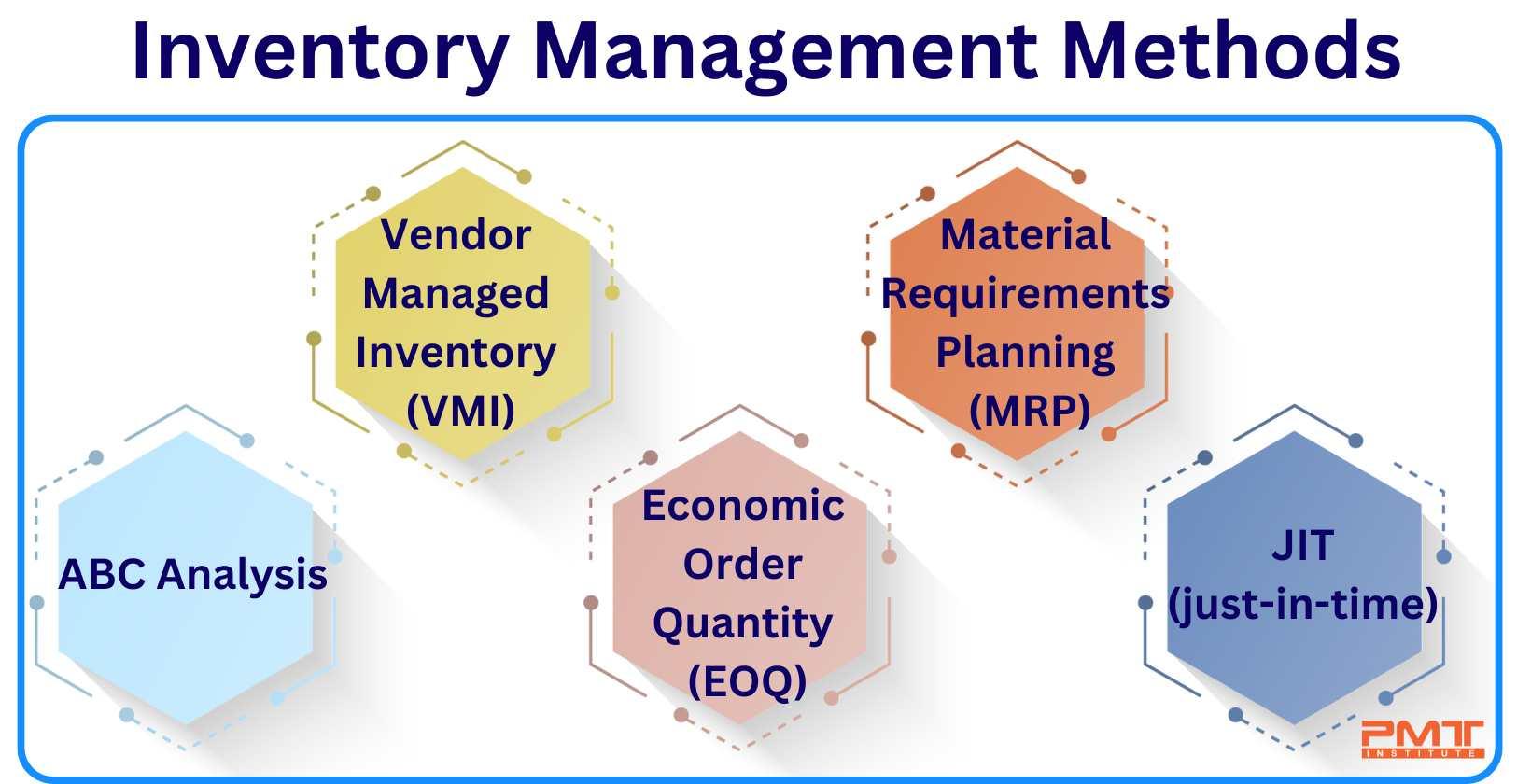
Managing Inventory: Tips for Keeping Track of Your Stock
Keeping your inventory organized is crucial when selling shoes online. Whether you’re a seasoned seller or just starting, effective inventory management can set you apart from the competition. Here are some practical tips to help you maintain control over your stock:
- Utilize Inventory Management Software: Invest in a reliable system that can track your stock levels, sales trends, and order history. Platforms like TradeGecko or Sellbrite can streamline your operations and reduce human error.
- Implement Barcode Scanning: Use barcodes to simplify tracking. Scanning items as they come in and go out ensures you always know exactly what you have on hand.
- Organize Your Stock: Arrange your shoes in a way that makes sense for your business. Group by type, size, or brand. A well-organized storage area makes it easier to find and manage your products.
- Set Reorder Levels: Determine the minimum quantity you want to maintain for each product. This helps you avoid stockouts and ensures you’re always ready to meet customer demand.
- Conduct Regular Audits: Schedule periodic checks of your inventory to ensure that your records match your physical stock. This practice helps catch discrepancies early, saving you from bigger issues down the line.
- Track Sales Trends: Analyze which styles or sizes are selling well. This insight allows you to adjust your purchasing strategy and stock the items that are in demand.
To further enhance your inventory management, consider using the following table to assess your stock levels across different shoe categories:
| Category | Current Stock | Reorder Level |
|---|---|---|
| Running Shoes | 50 | 20 |
| Casual Sneakers | 30 | 15 |
| Formal Shoes | 25 | 10 |
| Sandals | 15 | 5 |
don’t underestimate the power of communication with your suppliers. Establish strong relationships and have open lines of communication. This ensures that you can quickly restock popular items and manage your inventory more efficiently.
By applying these strategies, you’ll not only keep your inventory organized but also create a smoother experience for your customers. Happy selling!

Shipping Solutions: Getting Your Shoes to Customers Fast
When you venture into the world of selling shoes online, one of the most crucial aspects to consider is how you will deliver those shoes to your customers. Fast and efficient shipping solutions not only enhance customer satisfaction but also build trust in your brand. Here are some strategies to get your shoes to customers in record time:
- Choose the Right Shipping Partners: Partnering with reputable carriers is essential. Look for companies that offer reliable services, such as UPS, FedEx, or DHL, as they often provide tracking features and timely delivery.
- Offer Multiple Shipping Options: Flexibility is key. Offering options like standard, expedited, and same-day delivery allows customers to choose what fits their needs best.
- Utilize Fulfillment Centers: Consider outsourcing your shipping to third-party logistics (3PL) providers. They can store your inventory and handle shipping, often resulting in faster delivery times.
- Implement Local Delivery: For customers in your area, local delivery services can be a game changer. This allows you to provide same-day delivery, which can be a significant competitive advantage.
Another important aspect of shipping is packaging. Investing in quality packaging not only protects your products but also enhances the unboxing experience. Here are some tips to consider:
- Use Lightweight Materials: Lightweight packaging can reduce shipping costs and make it easier to handle.
- Brand Your Packaging: Custom packaging not only protects your shoes but also serves as a marketing tool. Include your logo and a thank-you note to make a lasting impression.
- Ensure Proper Fit: Choose boxes that fit your shoes perfectly to minimize movement during transit, reducing the risk of damage.
Lastly, don’t forget to communicate with your customers. Keeping them informed about their order status can significantly improve their experience. Consider implementing:
- Order Confirmation Emails: Notify customers immediately after their purchase to confirm that their order has been received.
- Shipping Updates: Send notifications when their order has shipped and provide tracking information, so they can follow their package’s journey.
- Feedback Requests: After delivery, ask for feedback on the shipping experience, which can help refine your process for future orders.
| Shipping Method | Delivery Time | Cost |
|---|---|---|
| Standard Shipping | 5-7 Business Days | $5.99 |
| Expedited Shipping | 2-3 Business Days | $12.99 |
| Same-Day Delivery | Within 24 Hours | $19.99 |
By focusing on these shipping solutions, you’ll ensure that your customers receive their shoes quickly and in perfect condition. Fast shipping is not just a bonus; it is a vital part of your online shoe-selling strategy that can lead to repeat business and higher customer satisfaction.

Handling Returns and Exchanges: Keeping Your Business Smooth
Handling returns and exchanges can feel like a daunting task, but with the right strategies in place, it can actually enhance your customer experience and build loyalty. When selling shoes online, it’s crucial to establish a clear and straightforward return policy. This not only sets the right expectations for your customers but also fosters trust in your brand.
First and foremost, make your return policy easy to find and understand. A complicated or hidden policy can frustrate potential buyers. Consider the following points:
- Clear time frames: Specify how long customers have to return or exchange items.
- Condition requirements: Clarify whether shoes need to be unworn or in original packaging.
- Return shipping fees: Communicate who bears the cost of return shipping.
Next, think about how you can streamline the return process. Providing pre-paid return labels can significantly reduce friction for customers. A simple one-click return process on your website will make it easy for customers to initiate returns and improve their overall experience. Remember, a hassle-free return process not only encourages sales but also increases the likelihood of repeat customers.
It’s also essential to educate your staff on handling returns effectively. Ensure they understand the importance of empathy and professionalism when dealing with customer issues. Training your team to resolve problems amicably can turn a potentially negative experience into a positive one, reinforcing customer loyalty.
To further enhance your returns strategy, consider offering exchanges as a first option. Instead of just a refund, provide customers the chance to exchange for a different size or style. This approach keeps the cash flow within your business while satisfying customer needs. You may also want to create a user-friendly online exchange platform to make the process seamless.
When a return does occur, analyze the data to understand trends. Are certain styles or sizes being returned more frequently? Use this information to adjust your inventory or product descriptions accordingly. A well-informed strategy can reduce future returns and enhance customer satisfaction.
Lastly, don’t forget to encourage feedback after a return or exchange. Send a quick follow-up email asking customers about their experience. This not only shows that you care but also gives you valuable insights into how to improve your processes.
By implementing these strategies, you can turn returns from a potential headache into an opportunity for growth, ensuring your online shoe business runs smoothly and profitably.
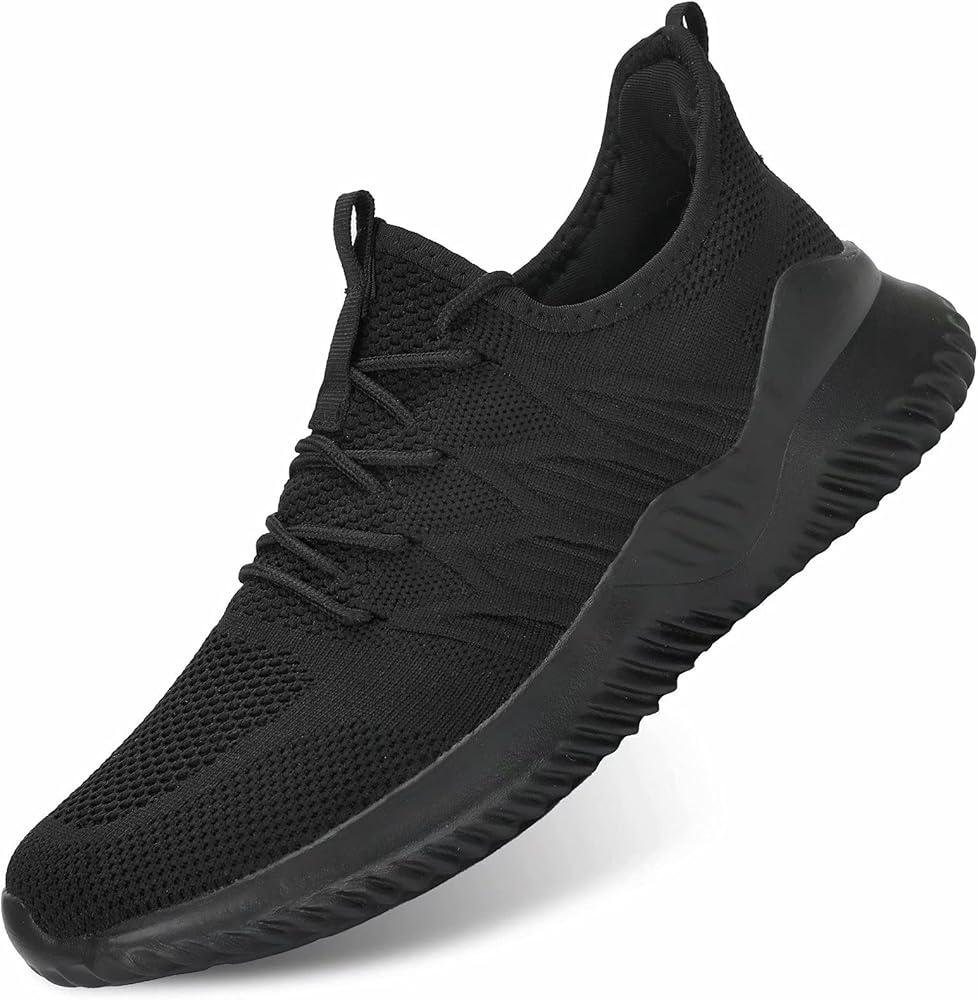
Exploring the Best Websites to Sell Your Shoes Online
In today’s digital age, selling your shoes online has never been easier. Whether you’re looking to declutter your closet or turn a profit from your sneaker collection, there are numerous platforms designed specifically for this purpose. Each website comes with its unique features, audience, and selling processes. Let’s dive into the top options available for you.
eBay is a classic choice for selling shoes. With millions of users worldwide, it offers a vast marketplace for both new and used footwear. You can auction your shoes or set a fixed price, giving you flexibility based on your selling strategy. Plus, eBay’s user-friendly interface makes listing your items a breeze.
Poshmark is another fantastic platform, particularly for fashion enthusiasts. It’s designed as a social marketplace, where users can follow each other and share listings. This community-driven approach encourages engagement and can lead to quicker sales. Poshmark also simplifies the shipping process, providing you with a prepaid label for easy shipping.
Depop has gained popularity among younger crowds, especially Gen Z. This app combines elements of social media with online selling, allowing users to create a shopfront showcasing their shoes. The emphasis on visual appeal means that high-quality photos are essential, and unique items often stand out, catching the eyes of potential buyers.
Then there’s Grailed, tailored for the sneakerhead and streetwear culture. This platform is ideal for selling high-end and designer shoes, attracting a niche market willing to pay a premium for authenticity and quality. Grailed facilitates a smooth transaction process and offers buyer protection, adding a layer of trust for both sellers and buyers.
Facebook Marketplace allows you to sell locally, which can be beneficial for avoiding shipping hassles. You can list your shoes for free and connect directly with buyers in your area. This platform’s vast reach means you can tap into your local community, and potential buyers can try on shoes before purchasing.
For those looking to tap into sustainable fashion trends, thredUP is a perfect choice. As an online consignment store, you send your shoes to their warehouse, and they handle the selling process for you. This means less work on your end, and you can even earn money while clearing out your closet!
Lastly, consider StockX if you’re dealing with collectible sneakers. StockX operates like a stock market for sneakers, where you can list your shoes for sale and set your price. The unique bidding system means you might get more than you expect for rare pairs!
| Website | Best For | Key Features |
|---|---|---|
| eBay | Wide Audience | Auction or Fixed Price |
| Poshmark | Social Selling | Community Engagement |
| Depop | Visual Appeal | Shopfront Creation |
| Grailed | High-End Sneakers | Niche Market |
| Facebook Marketplace | Local Sales | Free Listings |
| thredUP | Consignment | Easy Selling Process |
| StockX | Collectible Sneakers | Bidding System |
Choosing the right platform can significantly impact your selling experience and success. Evaluate your needs, whether you prioritize speed, ease, or potential profit margins. By leveraging these platforms, you can turn your unwanted shoes into cash while reaching dedicated audiences eager for your footwear!
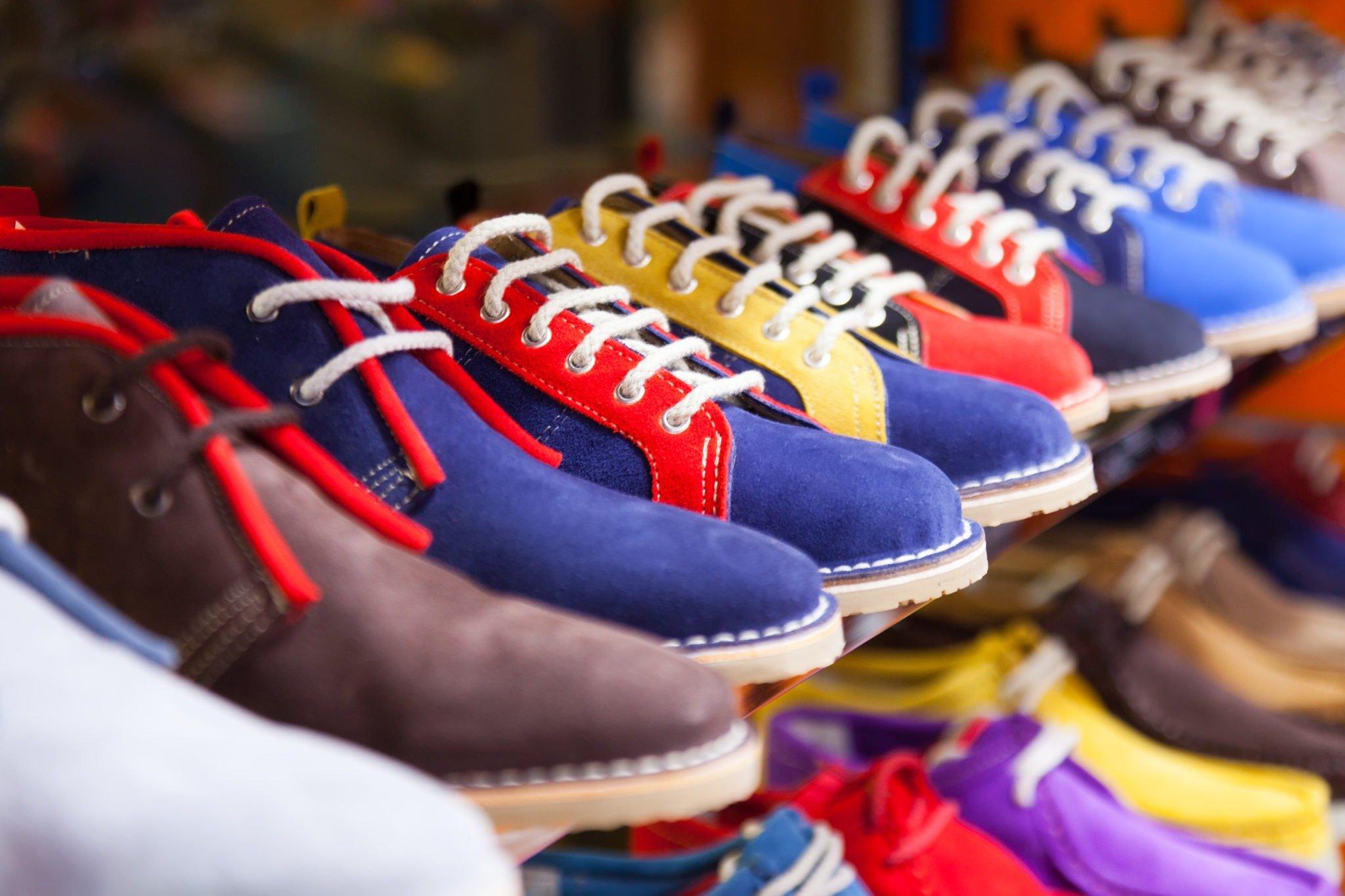
Secrets to Scaling Your Shoe Business for Long-Term Success
Scaling your shoe business involves more than just expanding your product line or increasing your marketing budget. It requires a strategic approach that focuses on building a brand that resonates with your target audience while optimizing your operations for efficiency. Here are some secrets to keep in mind:
Understand Your Audience
Before you invest time and money in scaling your business, take the time to fully understand who your customers are. Conduct surveys, gather feedback, and analyze buying patterns. This information will inform your product offerings and marketing strategies, ensuring that you cater to the specific needs and preferences of your audience.
Leverage Social Media
Social media platforms are powerful tools for reaching potential customers and building brand loyalty. Consider these strategies:
- Share engaging content that showcases your shoes in real-life settings.
- Partner with influencers who align with your brand identity.
- Run targeted ad campaigns to reach new audiences.
Streamline Your Supply Chain
Efficiency in your supply chain can significantly reduce costs and improve your margins. Consider the following:
- Build strong relationships with reliable suppliers.
- Implement inventory management software to track stock levels and sales trends.
- Negotiate bulk purchasing discounts to lower costs.
Optimize Your Website
Your website is often the first impression potential customers have of your brand. Ensure that it is user-friendly and optimized for conversions. Key elements to consider include:
- Responsive design for mobile users.
- High-quality images and detailed product descriptions.
- A simple checkout process to reduce cart abandonment.
Utilize Analytics
Data-driven decision-making is crucial for scaling. Use analytics tools to track your website performance, sales metrics, and customer behavior. This information will help you:
- Identify your best-selling products.
- Determine which marketing channels yield the highest ROI.
- Make informed decisions about product development and inventory management.
Expand Your Product Line
Once your core offerings are established, consider expanding your product line. This could include:
- Introducing complementary accessories such as shoelaces or cleaning products.
- Offering seasonal collections to attract new customers.
- Collaborating with designers for limited-edition releases.
Build a Community
Engaging with your customers on a personal level can foster loyalty and encourage repeat purchases. Consider:
- Creating a loyalty program that rewards repeat customers.
- Encouraging user-generated content by hosting contests or challenges.
- Establishing a newsletter to keep your audience informed and engaged.
By implementing these strategies, you can position your shoe business for long-term success, ensuring not only growth but also sustainability in a competitive market.
Frequently Asked Questions (FAQ)
Q&A: How to Sell Shoes Online and Make Money (+ 17 Best Websites)
Q1: Why should I consider selling shoes online?
A: Selling shoes online is a fantastic way to tap into a booming market! With e-commerce growing every year, more people are shopping online for footwear than ever before. Plus, if you have a passion for fashion or footwear, it’s a fun way to turn that interest into profit. Whether you’re selling new, used, or vintage shoes, there’s a wide audience eager to shop for unique styles.
Q2: What types of shoes can I sell online?
A: The options are virtually limitless! You can sell everything from sneakers and sandals to dress shoes and boots. Don’t forget about niche markets like vintage or designer shoes, which can fetch higher prices. Consider your audience and what they might be looking for!
Q3: How do I choose the right platform to sell my shoes?
A: Great question! The right platform depends on your shoes, target audience, and how you want to sell. Some sites are better for vintage or handmade shoes, while others excel at brand-name or athletic footwear. We’ve compiled a list of 17 amazing websites that cater to different audiences and needs, so you can find the perfect fit for your shoe business.
Q4: Do I need to invest a lot of money upfront to start selling shoes?
A: Not at all! You can start with minimal investment by selling shoes you already own. If you want to source shoes, consider thrift stores, garage sales, or clearance items. You can begin small and reinvest your profits to grow your inventory over time.
Q5: What are some tips for taking great photos of my shoes?
A: Eye-catching photos are critical for online sales! Use natural lighting and a plain background to help your shoes stand out. Take multiple angles, including close-ups of any unique features or flaws. Don’t skimp on the details—buyers want to see exactly what they’re getting!
Q6: How important is a good description for my shoe listings?
A: Very important! A detailed description helps buyers understand what they’re purchasing. Include information about the brand, size, condition, and any special features. The more thorough you are, the less likely you’ll get questions later, and it builds trust with potential buyers.
Q7: How should I price my shoes?
A: Pricing can be tricky, but research is your best friend! Check similar listings on the platform you’re using to get an idea of what shoes like yours are selling for. Consider the condition, brand, and rarity. Don’t forget to factor in shipping costs if you’re offering free shipping.
Q8: What about shipping? How do I handle that?
A: Shipping is easier than it sounds! Most selling platforms provide shipping labels at discounted rates. Just make sure to package your shoes securely to avoid any damage during transit. Offering free shipping can also be a great incentive for buyers, so consider including those costs in your pricing strategy.
Q9: How can I market my shoe business online?
A: Utilize social media to showcase your shoes—Instagram and Pinterest are especially effective for visual products. Join shoe enthusiast groups or forums to connect with potential buyers. Consider running promotions or giveaways to increase engagement and attract attention to your listings.
Q10: Can I really make money selling shoes online?
A: Absolutely! Many people are turning shoe selling into a lucrative side hustle or even a full-time job. With the right strategy, quality inventory, and a bit of marketing savvy, you can definitely make a significant profit. The key is to stay consistent and adapt to trends in the market.
Final Thoughts: Ready to take the plunge into the exciting world of online shoe selling? With the right strategies, tools, and platforms at your disposal, you can turn your passion for footwear into a thriving business. Check out our list of the 17 best websites to get started today! Your entrepreneurial journey awaits!
Insights and Conclusions
Wrapping Up Your Shoe Selling Journey
So there you have it! Selling shoes online can be an exciting and lucrative venture if you approach it with the right strategy. Whether you’re a seasoned entrepreneur or just starting, the 17 platforms we discussed offer fantastic opportunities to reach a wide audience and maximize your profits.
Remember, it’s not just about listing your shoes; it’s about building a brand, connecting with your customers, and delivering value. So take the time to research your niche, leverage social media, and create engaging content that resonates with your potential buyers.
Now, it’s time to put your newfound knowledge into action. Start choosing the best platform for your style, curate your collection, and watch those sales roll in! Don’t forget to share your experiences and tips along the way—after all, the online selling community thrives on collaboration and support.
So, lace up those entrepreneurial shoes and step into the world of online sales. Your successful shoe-selling journey is just a click away. Happy selling!




